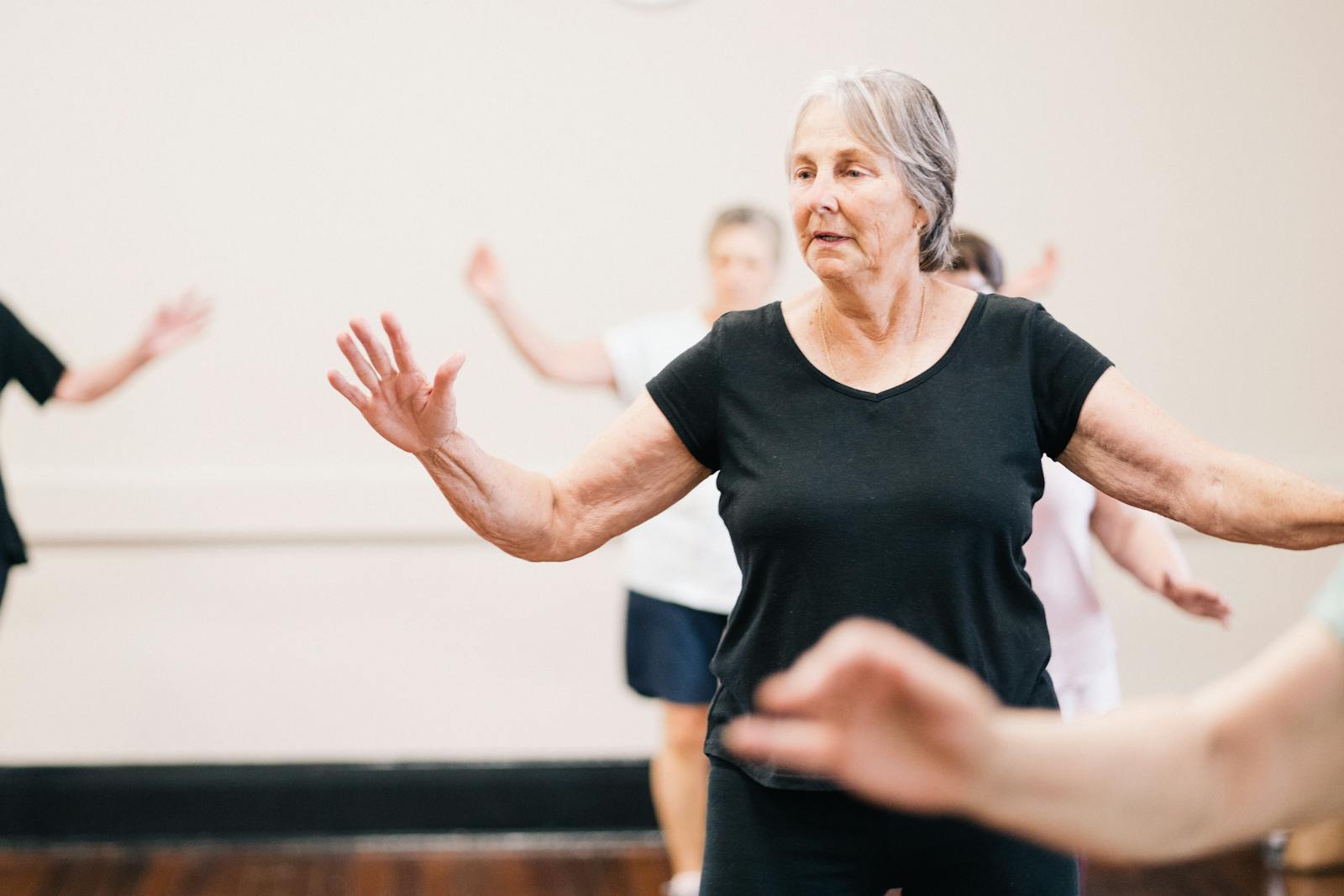
Throughout the unprecedented global health crisis triggered by SARS-CoV-2, a fundamental question has lingered in the minds of scientists and the public alike: why do some individuals appear to effortlessly evade the grasp of COVID-19, even after exposure, while others succumb to the infection, sometimes repeatedly? This intricate variability in human response has been one of the most compelling mysteries of the pandemic, driving extensive research efforts to decode the complex interplay between the virus and our immune systems. Understanding these differing outcomes is not merely an academic exercise; it holds profound implications for how we prepare for future health threats.
To address this critical question, a groundbreaking scientific endeavor was undertaken through a unique collaboration involving University College London, the Wellcome Sanger Institute, and Imperial College London. This partnership spearheaded the world’s first controlled “challenge trial” for COVID-19, a meticulously designed study where healthy volunteers were deliberately exposed to the SARS-CoV-2 virus. Such trials offer an unparalleled opportunity to observe the very earliest stages of infection and the body’s immediate responses in a highly controlled, safe environment, providing insights that are difficult to obtain through observational studies.
The findings from this pioneering research have begun to illuminate the subtle yet powerful mechanisms that dictate whether an individual develops a sustained infection, a fleeting encounter with the virus, or remains entirely protected. By meticulously tracking cellular and genetic responses from the moment of exposure through recovery, researchers have started to paint a detailed picture of the immune system’s intricate dance with the invading pathogen. This initial section will delve into these pivotal discoveries, exploring the distinct infection pathways observed in the challenge trial and the specific immune responses that determine an individual’s fate immediately following SARS-CoV-2 exposure.
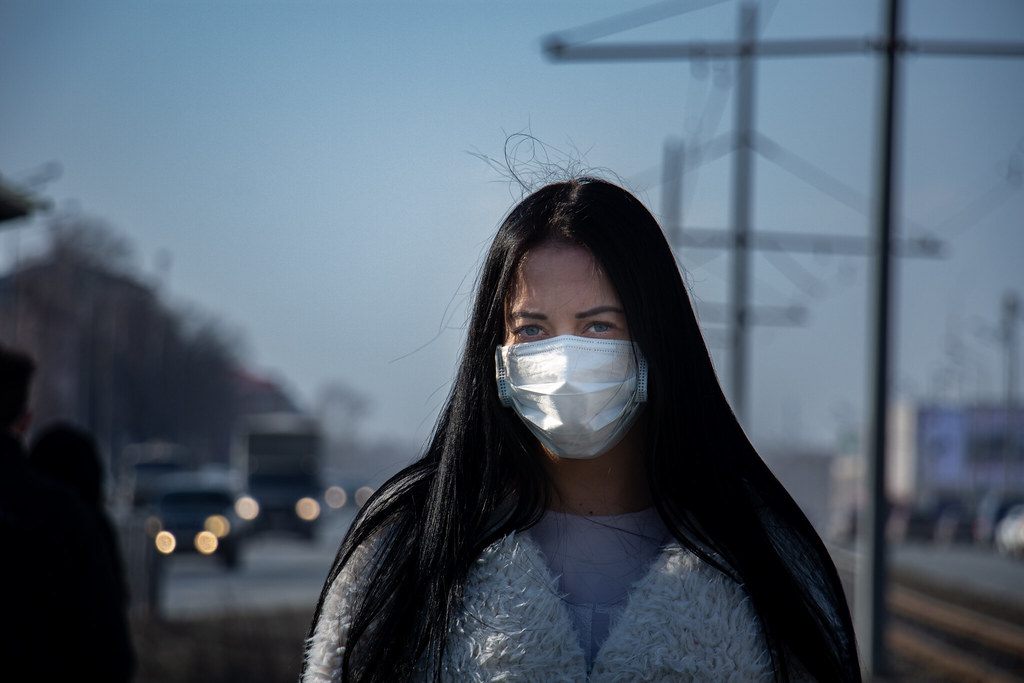
1. **The Pioneering COVID-19 Human Challenge Trial**The controlled “challenge trial” represents a critical advancement in infectious disease research, offering a direct window into the early dynamics of viral infection that would otherwise remain opaque. This specific trial, a collaborative effort between University College London, the Wellcome Sanger Institute, and Imperial College London, was designed to meticulously study SARS-CoV-2 in unprecedented detail. Its primary objective was to understand why some people managed to avoid COVID-19 entirely, even when others caught the virus multiple times.
The methodology involved recruiting unvaccinated, healthy volunteers who had no prior history of COVID-19. These participants were then exposed to an extremely low dose of the original strain of SARS-CoV-2 via a nasal spray. This precise and controlled exposure method ensured that every volunteer received the exact same initial viral load in the same manner, eliminating a major variable that often complicates observational studies. Such standardization allowed for a direct comparison of individual responses to an identical viral challenge.
Following exposure, volunteers were closely monitored within a secure quarantine unit. Regular tests and samples were meticulously collected to track their physiological and immunological responses to the virus in a highly controlled and safe environment. This rigorous monitoring, combined with the ethical oversight inherent in human challenge trials, ensured both the safety of the participants and the integrity of the data collected, laying the foundation for groundbreaking discoveries into early infection dynamics.
Read more about: Jamie Oliver’s Culinary Journey: From ‘Naked Chef’ Stardom to Restaurant Empire Rollercoaster

2. **Unveiling Three Distinct Infection Pathways**One of the most surprising and significant findings from the challenge trial was that, despite all volunteers being carefully exposed to the exact same dose of the virus, not everyone subsequently tested positive for COVID-19. This outcome revealed that even a precisely calibrated exposure does not guarantee a sustained infection, highlighting the inherent variability in human susceptibility and immune defense mechanisms. Researchers were able to categorize the volunteers into three distinct infection groups based on their outcomes.
The first group, termed the “sustained infection group,” comprised six out of the 16 volunteers. These individuals developed typical mild COVID-19, testing positive for several days and exhibiting common cold-like symptoms. This outcome mirrored the general experience of many during the pandemic, representing a conventional progression of the illness where the virus successfully established a foothold within the body and replicated.
Among the ten volunteers who did not develop a sustained infection, meaning their bodies successfully fought off the virus early on, further distinctions emerged. Three of these individuals developed an “intermediate” or “transient infection.” This group was characterized by intermittent single positive viral tests and experienced only limited symptoms, suggesting a brief viral presence that was quickly quelled. The remaining seven volunteers constituted the “abortive infection group.” These individuals consistently remained negative on testing and developed no symptoms whatsoever, marking the first confirmed evidence of abortive infections, a phenomenon previously unproven in the context of SARS-CoV-2.
Despite these profound differences in infection outcomes, a remarkable consistency was observed: participants across all three groups shared some specific, novel immune responses. This crucial insight indicates that even in those whose immune systems prevented any detectable infection, a distinct immune activation occurred. This shared underlying immune signature, present even in the abortive infection group, suggests a common initial recognition or response to the viral presence, regardless of whether a full-blown infection materialized.

3. **The Role of Immediate Nasal Immune Cell Accumulation**The timing and localization of the body’s immune response proved to be a critical differentiator between the various infection outcomes observed in the challenge trial. When researchers meticulously compared the cellular responses across the three infection groups, distinct and informative patterns emerged, particularly regarding the initial immune cell activity within the nasal passages.
In the transiently infected volunteers, where the virus was only briefly detected before being cleared, a strong and remarkably immediate accumulation of immune cells was observed in the nose just one day after infection. This rapid deployment of immune defenses at the primary site of viral entry suggests that these individuals’ immune systems were exceptionally swift and effective in recognizing and mobilizing against the invading SARS-CoV-2. This prompt cellular influx likely played a pivotal role in preventing the virus from gaining a stronger foothold and progressing to a sustained infection.
In stark contrast, the sustained infection group exhibited a notably delayed immune response. For these volunteers, a significant immune activation in the nose was not seen until five days after infection. This lag in cellular recruitment provided a crucial window during which the virus could establish itself and replicate more extensively within the respiratory tract. The delayed nature of this response is hypothesized to have potentially enabled the virus to take hold more firmly in these individuals, leading to a more prolonged and symptomatic infection compared to their transiently or abortively infected counterparts.
This precise comparison underscores the paramount importance of the speed and localization of the initial immune response. The findings suggest that an immediate, robust immune cell accumulation at the site of viral entry can be a decisive factor in either rapidly aborting an infection or limiting its progression. Conversely, a delayed response may provide the pathogen with the necessary time to overcome initial defenses and establish a sustained infection, highlighting the critical role of early immunological events in determining infection outcome.
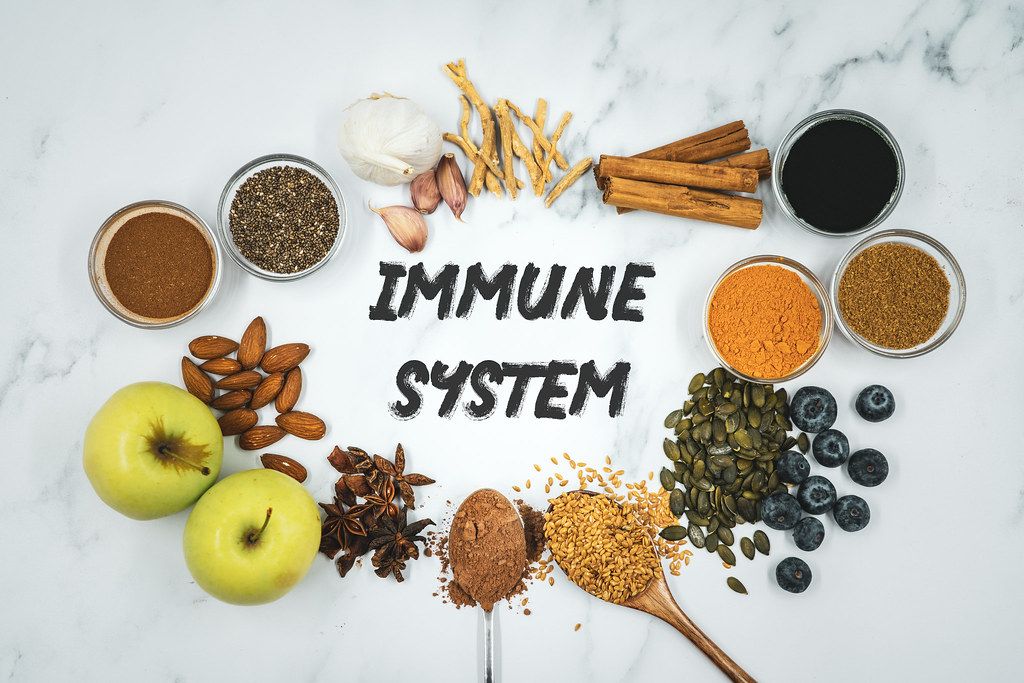
4. **The Interferon Response: A Key Antiviral Defense**Beyond the mere presence of immune cells, the specific signaling pathways activated within these cells provide deeper insights into the body’s antiviral strategies. In the individuals who developed a sustained infection, researchers were able to identify cells that were stimulated by a key antiviral defense response known as the “interferon” response. Interferons are a group of signaling proteins released by host cells in response to the presence of pathogens, particularly viruses, acting as crucial messengers that alert the immune system to an impending threat.
This interferon response functions as one of our body’s primary mechanisms for signaling to the broader immune system, orchestrating a coordinated effort to help fight off viruses and other infections. When activated, interferons can inhibit viral replication, stimulate immune cells, and enhance the expression of genes involved in antiviral defense. Its detection in the sustained infection group indicates that, even with a delayed cellular response, the body was actively mounting a defense against the replicating virus.
What was particularly surprising about this discovery was the observation of the interferon response’s location and timing. It was detected in both the nose and the blood of these individuals. Even more unexpectedly, the response was detected in the blood before it was detected in the nose. This finding challenges conventional assumptions about the immediate site of action for antiviral signaling, suggesting that the immune response to SARS-CoV-2 can spread from the nasal passages to the systemic circulation remarkably quickly, initiating a broader defensive posture throughout the body.
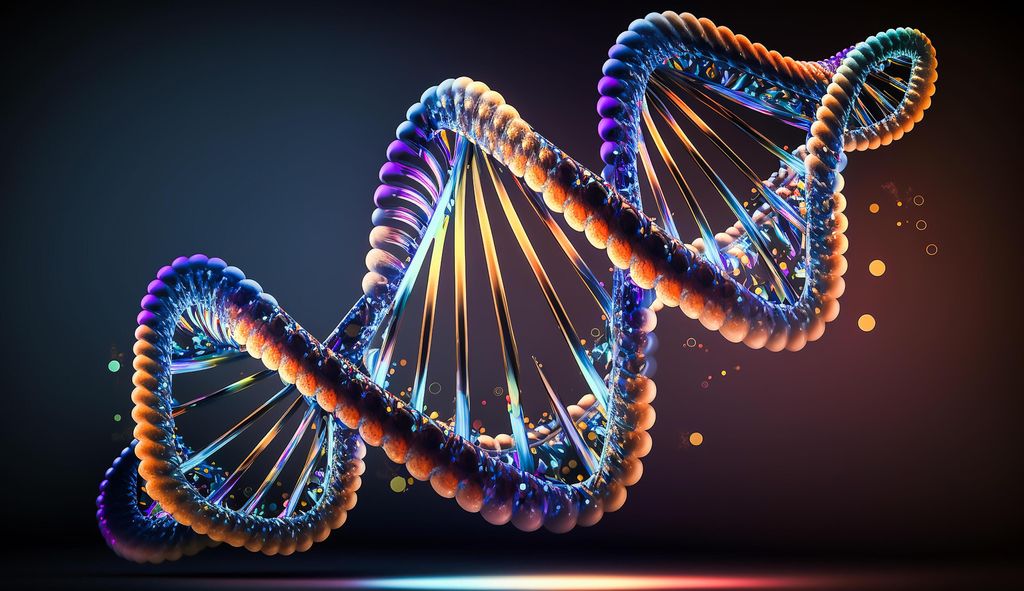
5. **HLA-DQA2: A Genetic Marker of Protection**Delving into the genetic underpinnings of varying immune responses, the research team identified a specific gene that appears to play a protective role against sustained SARS-CoV-2 infection. This gene, known as HLA-DQA2, was found to be expressed (meaning activated to produce a protein) at a significantly higher level in the volunteers who did not go on to develop a sustained infection. This included both those in the transient and abortive infection groups, suggesting a strong correlation between its expression and the body’s ability to ward off a full-blown illness.
The elevated expression of HLA-DQA2 in these protected individuals positions it as a potential marker of protection. Genetic markers like HLA-DQA2 can serve as indicators of an individual’s predisposition to certain health outcomes or their capacity to mount specific immune responses. The identification of such a marker offers exciting possibilities for future applications in public health and personalized medicine. By understanding which genes are more active in protected individuals, we can begin to unravel the precise mechanisms contributing to this resilience.
In practical terms, if this correlation holds and is further validated, the information derived from HLA-DQA2 expression could be immensely valuable. It might enable healthcare professionals to identify individuals who are more likely to be naturally protected from severe COVID-19 outcomes. Such insights could inform risk assessments, guide prophylactic strategies, or even help prioritize interventions for those identified as less protected, moving towards a more targeted approach in managing future outbreaks.
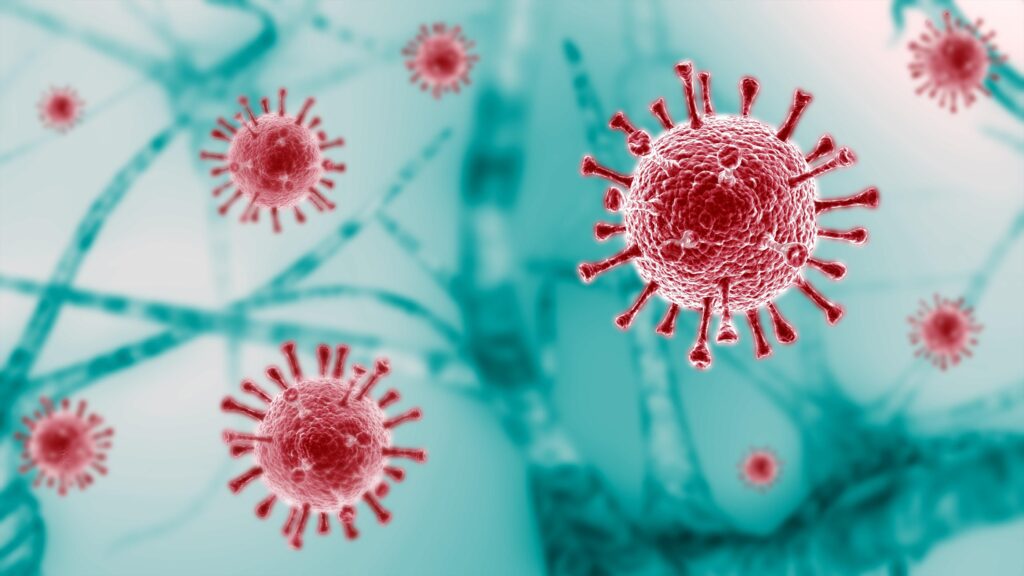
6. **Broader Implications for Early Disease Understanding**These detailed findings from the COVID-19 challenge trial represent a significant step forward in our understanding of infectious diseases. By meticulously observing the very first interactions between SARS-CoV-2 and the human body, the research has effectively filled in numerous gaps in our knowledge. It provides a much more detailed picture regarding how our bodies react to a novel virus, particularly during the crucial first couple of days of an infection, a period typically difficult to study with precision in real-world settings.
The ability to track the evolution of the disease from pre-infection to recovery at a single-cell level, through cutting-edge technologies like single-cell sequencing, offers unparalleled insights. This granular detail allows scientists to pinpoint specific cellular events and molecular signals that determine the course of an infection. Understanding these initial events is paramount, as they often dictate the overall severity and duration of the illness, as well as the potential for long-term health consequences.
Crucially, this rich dataset serves as an invaluable baseline for future comparative studies. Researchers are currently generating additional data by challenging volunteers with other viruses and more recent strains of COVID-19. Unlike the initial study, these upcoming trials will primarily include volunteers who have been vaccinated or naturally infected, meaning individuals who already possess some level of immunity. Comparing the immune responses of naive individuals to those with pre-existing immunity will be instrumental in dissecting the mechanisms behind enhanced protection and the efficacy of vaccines.
Read more about: Navigating Medicare: 12 Essential Gaps in Coverage You Need to Understand

7. **Paving the Way for Future Treatments and Vaccines**The insights gleaned from this challenge trial hold significant implications that extend far beyond a mere academic understanding of viral pathogenesis; they are poised to profoundly influence the future trajectory of treatments and vaccine development. By meticulously comparing the immune data from volunteers who have never been exposed to the virus with that from individuals who already possess immunity, scientists can uncover critical differences in protective responses.
This comparative approach could be instrumental in identifying novel pathways and strategies for inducing protection against SARS-CoV-2 and other emergent pathogens. For instance, understanding the specific immune responses that characterize an abortive infection in naive individuals could lead to the development of therapies that mimic or enhance these natural protective mechanisms. These new ways of inducing protection could involve targeted drugs, immune modulators, or even entirely new vaccine platforms designed to elicit the most effective and rapid responses.
Furthermore, this research is directly contributing to the development of more effective vaccines for future pandemics. By pinpointing the immune signatures associated with robust, long-lasting protection, vaccine developers can refine their designs to precisely target these responses. This evidence-based approach aims to create vaccines that not only prevent severe disease but also reduce the likelihood of infection and transmission, offering a more comprehensive defense against viral threats. In essence, the research conducted through this pioneering challenge trial is a critical step towards better preparedness for the inevitable challenges of the next pandemic, offering a beacon of hope for a healthier global future.

8. **The Persistent Enigma of Long COVID: A Human Toll**As we navigate the complexities of individual immune responses to SARS-CoV-2, a more profound and widespread challenge emerged from the pandemic’s shadows: Long COVID. For countless individuals, the initial viral infection was merely the beginning of a prolonged and debilitating health ordeal, characterized by a constellation of symptoms that defy easy explanation or resolution. This lingering illness has not only reshaped personal lives but also presented an enduring puzzle to the global scientific and medical community.
Consider the poignant experience of Chimére Sweeney, an English teacher from Baltimore, whose life irrevocably altered after contracting COVID-19 in March 2020. What began with muscle aches rapidly escalated into a terrifying array of symptoms, including panic attacks, blurry vision, partial hearing loss, and profound cognitive impairment like forgetting basic information. Within a month, she lost 30 pounds, and her two-week recovery prognosis “never came.”
Now, nearly five years later at 42, Ms. Sweeney continues to battle severe whole-body pain, relentless sleeplessness, depression, and a host of other debilitating conditions. Her daily regimen has transformed from an occasional allergy pill to “over 10 to 12 medications per day to control almost every system in my body.” Her story, sadly, is not an isolated one, but a vivid testament to the harsh realities of a condition that continues to elude comprehensive understanding and effective treatment.
9. **Defining the Undefinable: Symptoms and Scope of Long COVID**The challenge in addressing Long COVID begins with its multifaceted nature. Since the World Health Organization declared COVID-19 a pandemic, scientists have grappled with fully comprehending why some individuals develop disabling chronic conditions after the initial infection, even as others recover fully or never get sick at all. This lingering illness is often referred to as post-COVID-19 syndrome, long-haul COVID, or post-acute sequelae of SARS-CoV-2 (PASC).
A universal definition for Long COVID remains elusive, further complicating diagnostic and treatment efforts. However, in the U.S., some experts have broadly defined it as a chronic condition triggered by the SARS-CoV-2 virus, classifying it as an infection-associated chronic condition. This evolving understanding reflects the ongoing research and the complex ways the virus impacts the human body long after the acute infection has passed.
The sheer breadth of symptoms associated with Long COVID is staggering, with research studies linking over 200 different manifestations across nearly a dozen organ systems. These can affect the heart, lungs, kidneys, brain, eyes, and skin, appearing weeks or months after initial infection. Symptoms may persist, worsen, or fluctuate, coming and going unpredictably. Common complaints include extreme tiredness, often exacerbated by activity, memory problems or “brain fog,” lightheadedness, dizziness, and issues with taste or smell.
Beyond these common presentations, patients report sleep problems, shortness of breath, cough, headaches, fast or irregular heartbeats, and digestive issues like constipation or bloating, painting a picture of systemic disruption. The scale of this public health crisis is immense, with the Centers for Disease Control and Prevention (CDC) estimating that approximately 1 in 20 adults in the U.S., or about 14 million people, are currently living with Long COVID. Disturbingly, up to 5.8 million children may also be affected, though experts concede these figures are likely underestimates due to the absence of an official surveillance system. This underlines the urgent need for a more robust understanding and recognition of the condition.

10. **Unraveling the ‘Why’: Theories Behind Long COVID’s Onset**The profound impact of Long COVID has naturally led scientists to investigate its underlying causes, yet a definitive answer remains elusive. SARS-CoV-2 is not the only virus capable of triggering lingering symptoms; conditions like myalgic encephalomyelitis/chronic fatigue syndrome (ME/CFS) are often initiated by other viral infections such as Epstein-Barr or influenza. However, COVID-19 appears unique in its propensity to cause chronic illness, prompting several key theories for its enduring effects.
One prominent theory suggests that remnants of the SARS-CoV-2 virus persist in various tissues throughout the body long after the acute infection has subsided. These viral particles, rather than being fully cleared, may continue to replicate at low levels or constantly stimulate the immune system in ways that perpetuate the array of Long COVID symptoms. This ongoing viral presence could drive chronic inflammation or dysfunction in affected organs.
Another compelling idea points to the reactivation of other dormant viruses within the body. Many people carry viruses like Epstein-Barr virus (EBV) or HIV in a latent state, and a COVID-19 infection might act as a trigger, reawakening these pathogens. Their subsequent activity could then contribute to the complex symptomatology observed in Long COVID patients, further complicating the clinical picture and making diagnosis challenging.
Furthermore, some experts propose that COVID-19 can inadvertently trick the immune system into an autoimmune response. In this scenario, the body’s defenses, stimulated by the virus, begin to produce antibodies that mistakenly attack its own healthy organs and tissues. This misguided immune assault could explain the widespread systemic inflammation and organ damage seen in many Long COVID sufferers, leading to conditions like autoimmune diseases, migraines, or chronic kidney disease.
Finally, evidence indicates that the SARS-CoV-2 virus can affect the inner lining of blood vessels, potentially leading to the formation of tiny blood clots. This microclotting could explain a range of symptoms, from irregular heartbeats and heart failure to cognitive issues and exercise intolerance, by impairing blood flow and oxygen delivery to vital organs, including the brain. The consensus among experts is that it may not be a single factor but rather a combination of these mechanisms that drives the persistent pathology of Long COVID, all of which are associated with increased inflammation in the body.

11. **The Diagnostic Dilemma: Searching for a Clear Path**One of the most disheartening aspects of Long COVID for patients is the profound difficulty in obtaining a definitive diagnosis. Despite the clear and often debilitating symptoms, there is currently no approved test capable of diagnosing the condition or distinguishing it conclusively from similar illnesses, as highlighted by the CDC. This diagnostic void means that individuals are frequently subjected to an arduous and extensive process of elimination, undergoing numerous laboratory tests and scans that are not only expensive but also profoundly stressful and time-consuming.
This lack of a specific diagnostic tool often prevents people from accessing the timely help and recognition they desperately need. Patients may have to step away from work, school, or other crucial responsibilities for prolonged periods while navigating a fragmented healthcare system in search of answers. This systemic hurdle contributes significantly to the underestimation of Long COVID cases, particularly among those with less access to healthcare or limited financial resources, exacerbating disparities in care.
A major research initiative, the $1 billion RECOVER program launched by the National Institutes of Health (NIH), was established with the ambitious goal of identifying the causes and potential treatments for Long COVID. However, this program has faced criticism from scientists and patient advocates alike for falling short on its promises, particularly in delivering effective diagnostic tools. Early findings from a RECOVER study, for instance, indicated that routine lab tests showed few differences in biomarkers between people with and without prior COVID infection, suggesting their limited utility for diagnosis.
The current approach to diagnosis typically involves a healthcare professional meticulously piecing together an individual’s medical history, symptom onset, and the duration of these symptoms, which must persist for at least three months. This often means treating symptoms and ruling out other conditions while waiting for the diagnostic criteria for Long COVID to be met. The complex and often fluctuating nature of symptoms, coupled with memory issues or language barriers, can make gathering this crucial information an immense challenge for patients and providers alike.
Read more about: Engineer’s Nightmare: 14 Classic Models That Define Automotive Repair Challenges in 2025

12. **Promising Pointers: Biomarkers in the Eyes, Gut, and Beyond**Amidst the diagnostic challenges, researchers are diligently searching for reliable biomarkers – measurable indicators like genes, proteins, or other substances – that could definitively signal the presence of Long COVID. While a definitive test remains elusive, some promising clues are beginning to emerge from cutting-edge research. These findings, though preliminary, offer a beacon of hope for a future where diagnosis is more straightforward and accessible.
One intriguing discovery comes from Dr. Igor Koralnik and his team at Northwestern Medicine. They found that individuals with Long COVID exhibit decreased blood flow in the small blood vessels of their retina, the light-sensitive layer at the back of the eye. This reduced circulation in the retina is theorized to correspond with diminished blood flow in and around the brain, potentially “poisoning” mitochondria – the tiny organelles responsible for converting oxygen into energy. This mechanism could explain the prevalent cognitive issues, profound fatigue, and exercise intolerance experienced by many Long COVID patients, positioning the retina as a potential biomarker.
Beyond the eyes, other research pathways are exploring the gut and immune system for distinctive biomarkers. The coronavirus infection, for instance, is known to upset the gut’s ecosystem, and the virus itself may even survive and spread from there, suggesting the gut microbiome could hold crucial diagnostic indicators. Similarly, the virus’s impact on immune system communication, potentially leading to autoimmune reactions, means immune cell profiles are under intense scrutiny. It is crucial to approach these early findings with a degree of scientific caution, as many of these discoveries are based on small groups of people, emphasizing the need for larger, more robust studies for validation.

13. **The Uphill Battle for Effective Treatments**The quest for effective Long COVID treatments has been a journey fraught with disappointment for patients and clinicians alike. To date, the Food and Drug Administration (FDA) has not approved any treatments specifically for Long COVID, and experts are not optimistic about immediate breakthroughs. Julia Moore Vogel, a senior program director with Scripps Research and a Long COVID sufferer herself, voiced this frustration, stating, “We’ve made almost no progress on treatments.”
Currently, most clinical trials are focused on repurposing existing drugs—medications approved for other conditions—to see if they offer any relief for Long COVID symptoms. For instance, researchers at the University of British Columbia are investigating low-dose naltrexone, a drug typically used for opioid and alcohol use disorder. Its known anti-inflammatory and pain-relieving properties, and its off-label use in conditions like fibromyalgia and ME/CFS, make it a candidate for alleviating Long COVID symptoms.
Other promising avenues include exploring baricitinib, an approved treatment for rheumatoid arthritis and acute COVID, and temelimab, an experimental drug usually administered to people with multiple sclerosis. These trials aim to leverage known pharmacological actions against the varied inflammatory and neurological manifestations of Long COVID. However, the sheer diversity of Long COVID symptoms, affecting multiple organ systems, makes finding a “silver bullet” treatment highly improbable, suggesting a need for diverse approaches.
In the absence of specific approved therapies, patients are largely left to manage their symptoms through strategies like “pacing”—carefully balancing rest and activity to avoid symptom flare-ups. Physical and cognitive behavioral therapies offer additional support, but many individuals, like Chimére Sweeney, find themselves reliant on a complex regimen of multiple medications, sometimes including antivirals like Paxlovid, to merely control their myriad symptoms. This underscores the desperate need for a “multipronged approach” to treatment, as emphasized by epidemiologist Alison Cohen, who also lives with Long COVID.
Read more about: Unmasking the Saboteurs: 8 Unexpected Ways Your Daily Habits Are Secretly Stealing Your Sleep

14. **Navigating the Future: Recovery, Prevention, and Patient-Centric Research**The road ahead for individuals living with Long COVID remains challenging, with current evidence suggesting that full recovery from the condition is rare. A study published recently indicated that only about 6% of people with Long COVID recover after two years, highlighting the chronic nature of this illness for the vast majority. For those who do experience improvement, the journey is often marked by “ups and downs,” as Dr. Igor Koralnik noted, underscoring the unpredictable and fluctuating course of the condition.
Prevention, therefore, becomes paramount. As long as SARS-CoV-2 continues to spread, everyone remains at risk of developing Long COVID with each infection. Encouragingly, studies have shown a positive association between COVID-19 vaccination, especially booster shots, and a better long-term recovery trajectory. This reinforces the protective role of vaccination not just against acute infection severity, but also against the debilitating aftermath of Long COVID.
Looking forward, there is a resounding call from patient advocates and some scientists for a fundamental shift in how clinical trials are designed for Long COVID. Julia Moore Vogel emphasizes the critical need for trials to be inclusive and accommodating, particularly for the most severely debilitated patients who may be house- or bed-bound. These individuals often cannot travel for multiple in-person visits without risking symptom flare-ups, and their unique perspectives are vital to designing truly effective interventions.
Despite the current lack of definitive answers and treatments, a sense of determined optimism pervades the Long COVID community. Ms. Vogel, despite her own struggles, articulates this hope beautifully: “I know we can do it. I’m very confident that with enough trials that are well-designed, we can at least improve quality of life — if not cure the disease entirely.” This unwavering belief, that science, guided by patient experience, will ultimately deliver relief, serves as a powerful testament to human resilience in the face of an ongoing global health challenge. The collective effort to understand, diagnose, and treat Long COVID is not just a scientific endeavor; it is a profound commitment to improving the lives of millions, ensuring that “this isn’t it” for their future.




